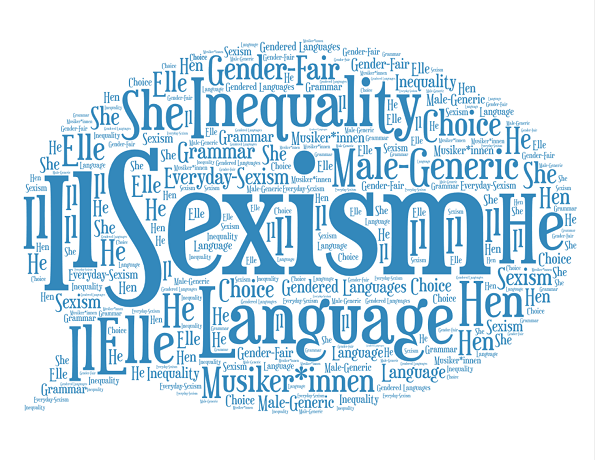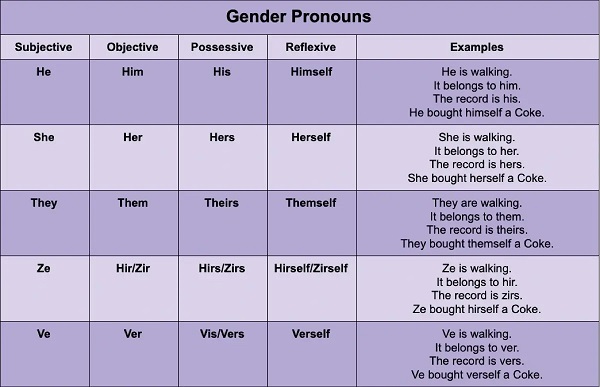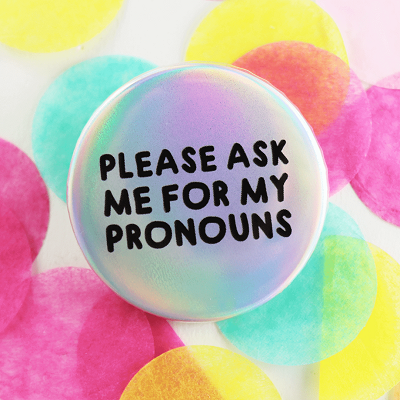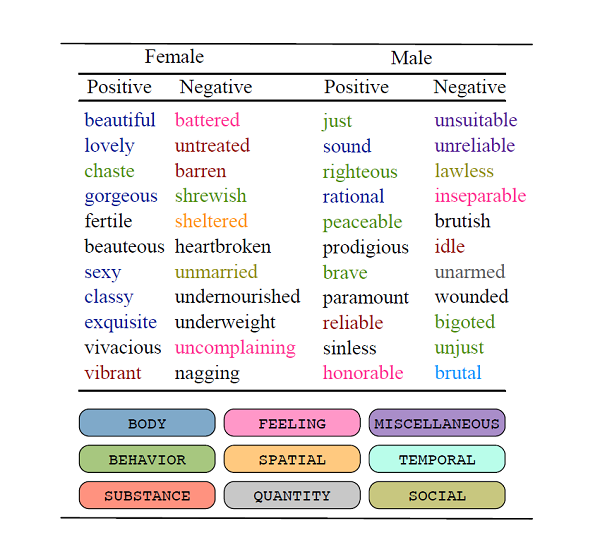Over the course of this blog, we have tackled many times the thorny matter of gender, sexuality, and language in its various manifestations: from the very etymology and linguistic history of the term ‘queer’ and the queerness of language itself all the way to the so-called pronouns issue. One could even say that fashion is a symbolic language all by itself as one’s stylistic choices inevitably transmit public and polysemous messages regarding one’s status and identity, such as gender, sexuality, class, ethnic group, etc. As a queer non-binary and gender-neutral brand, Ecce Homo has gone to great lengths to make sure that not only our underwear designs but also the terms we use to describe them are carefully picked to avoid unnecessary gendering as much as possible. For example, in Ecce Homo’s attempt to make a difference in the worldwide undergarments market by designing genuinely queer underwear for all genders and body types beyond gender binarism, we were faced with the seemingly irresolvable dilemma between an indispensable descriptive clarity and a queer sensibility deep in our hearts. The solution we came up with after a lot of brainstorming and discussions with members of the LGBTIQA+ community led us to opt for genderless yet practical terms for identifying our clothes, such as u-body shape or v-body shape, when it comes to tops, and flat front and space in front, when it comes to underwear.
In this blog article, we are going to tackle the issue of linguistic sexism and offer a practical guide on how to avoid the latter. Before going any further, a few remarks are much needed: first of all, the following guide is as partial and biased as any other, secondly, the tips offered here concern only the English language given its status as lingua franca, that is as the global means of communication, and thirdly, keep in mind that these tips do not exhaust the extend and the depth to which sexism permeates language, as linguistic sexism is a phenomenon that filters literally all the aspects of language use, from phonetics and semantics to pragmatics and syntax.










 Login
Login